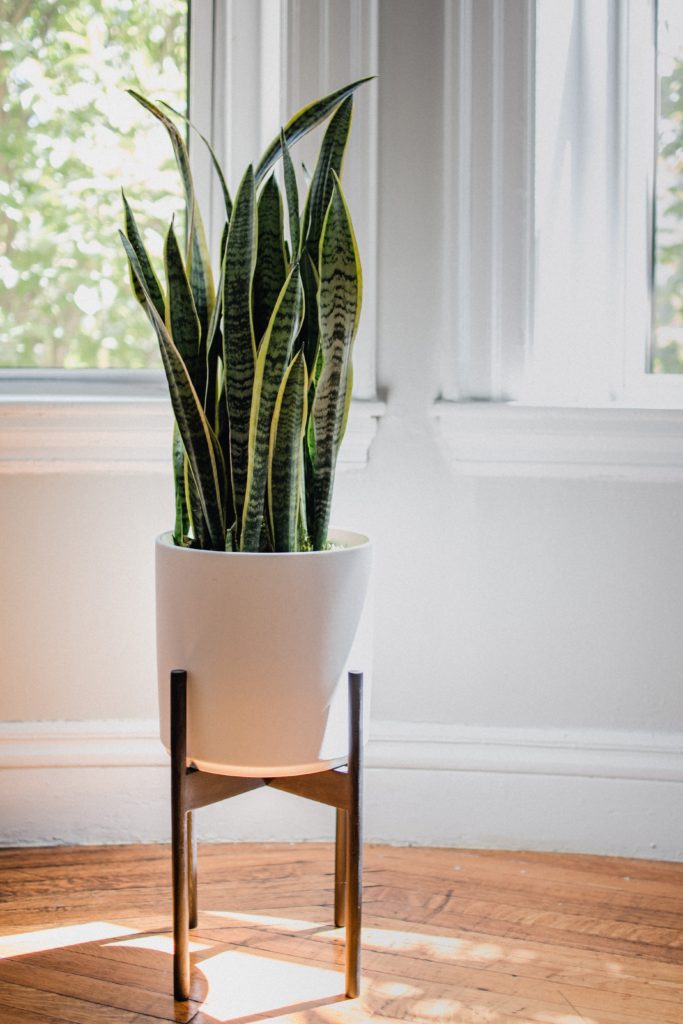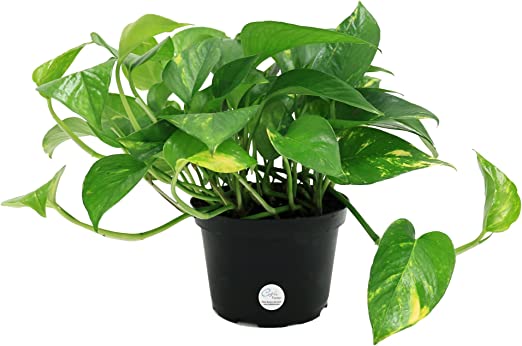If you’re looking for the best plants to grow indoors with low maintenance, you’ve come to the right place. In this blog post, we’ll discuss the best plants for indoor growing, as well as tips and tricks for keeping your plants healthy and happy.
Indoor plants are a great way to add some life to your home while also purifying the air and improving your health. But if you’re not used to caring for plants, it can be tricky to know where to start. That’s why we’ve compiled this list of the best plants for indoor growing, as well as some helpful tips on how to care for them.
So whether you’re a plant beginner or a seasoned pro, read on for everything you need to know about growing healthy indoor plants.

The Best Plants for Indoor Growing.
Aloe vera is a popular succulent that is easy to care for and can thrive indoors with little maintenance. This plant is known for its medicinal properties and can be used to treat burns, cuts, and other skin conditions. Aloe vera requires bright, indirect light and should be watered about once a week.

Cactus.
Cactus are another type of plant that does well indoors and require minimal care. These plants are native to desert climates and can survive in dry, hot conditions. Cacti need bright light but can tolerate some direct sun. They should be watered about once a month, or when the soil has dried out completely.

Spider Plant.
Spider plants are easy to care for and make a great addition to any indoor space. These plants prefer bright, indirect light but can also tolerate low light conditions. Spider plants should be watered about once a week, or when the soil has dried out completely.

Low Maintenance Plants.
The ZZ plant is a great choice for those looking for a low maintenance plant. It is tolerant of low light conditions and can go weeks without water, making it ideal for those who are forgetful or busy. The only care this plant needs is the occasional misting to prevent the leaves from drying out.

Snake Plant.
Another great option for a low maintenance plant is the snake plant. This tough plant can tolerate neglect and poor growing conditions, making it perfect for those who do not have time to care for their plants regularly. The snake plant does best in bright, indirect light but can also survive in low light conditions. Water this plant sparingly, allowing the soil to dry out completely between watering.

Pothos.
Pothos is a trailing vine that is perfect for those who want to add some greenery to their home without having to put in too much effort. This fast-growing plant is very versatile and can be grown in a wide range of environments, from low light to bright indirect light. Pothos is also tolerant of infrequent watering, so you won’t have to worry about keeping it alive if you’re away from home for a few days.

Tips for Growing Indoor Plants.
Indoor plants need light to grow, but the amount and type of light can vary depending on the plant. Most indoor plants prefer bright, indirect light, but some can tolerate low-light conditions. If you’re not sure how much light your plant needs, check the label or ask a nursery professional.
Water.
Water is essential for all plants, but how often you need to water your indoor plants will depend on the type of plant, the size of the pot, and the climate in your home. Most indoor plants need to be watered every one to two weeks, but some may need more or less water than that. Be sure to check the soil before watering to make sure it’s dry; overwatering is one of the most common problems with indoor plants.
Soil.
The type of soil you use for your indoor plants will also vary depending on the type of plant. Most indoor plants prefer a well-draining potting mix, but some may need special soils or amendments for optimal growth. Be sure to ask a nursery professional about what type of soil your plant needs before potting it.
Fertilizer.
Fertilizing your indoor plants can help them grow strong and healthy, but it’s important not to overdo it. Use a fertilizer that’s specifically formulated for indoor plants and follow the directions on the packaging for best results. Indoor plants typically need to be fertilized every two to four weeks during their growing season (spring and summer), but some may need more or less frequent fertilization depending on their species and growing conditions.
FAQs About Indoor Plants.
If you’re new to indoor gardening, there are a few things you should consider before choosing your plants. First, think about how much light your space gets. If it’s a south-facing room, you’ll have more light to work with than if it’s north-facing. Second, consider your watering schedule. Do you have time to water plants every day, or would you prefer to water them once a week? Third, take a look at your soil. Is it well-draining, or does it tend to stay soggy? Once you’ve answered these questions, you can narrow down your choices and choose the best plants for your space.
Some good beginner plants include snake plants (Sansevieria trifasciata), spider plants (Chlorophytum comosum), and pothos (Epipremnum aureum). These plants are all fairly tolerant of low light and irregular watering schedules, making them ideal for beginners.
How often should I water my indoor plants?
The frequency with which you need to water your plants will depend on a number of factors, including the type of plant, the size of the pot, the climate in your home, and the amount of light your plant is getting. As a general rule of thumb, most indoor plants need to be watered about once a week. However, some plants (such as succulents) may only need to be watered every two weeks or so. If you’re not sure how often to water your plant, check the soil before watering. If it’s dry several inches down, it’s time to give your plant a drink.
What are the best plants for purifying the air?
There are many studies that suggest certain plants can help purify the air in your home or office by absorbing harmful toxins like formaldehyde and carbon monoxide. Some of the best air-purifying Plants include peace lilies (Spathiphyllum), bamboo palm (Chamaedorea seifrizii), snake plant (Sansevieria trifasciata), and Chinese evergreen (Aglaonema).
What are the best low light Plants?
If you have a spot in your home that doesn’t get much natural light, don’t despair – there are still plenty of Plants that will thrive in low-light conditions. Some good options include ferns (Davallia fejeensis), philodendrons (Philodendron scandens), spider Plants (Chlorophytum comosum), and cast iron Plants (Aspidistra elatior).
Conclusion
If you’re looking for the best plants for indoor growing that require low maintenance, then look no further than aloe vera, cactus, and spider plants. These plants are easy to care for and can thrive in a variety of conditions. For tips on how to best care for your indoor plants, be sure to check out our blog post on the subject. And if you have any questions about growing indoor plants, our FAQ section has got you covered.

